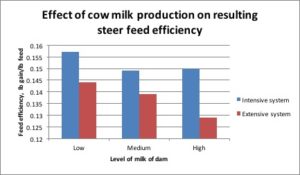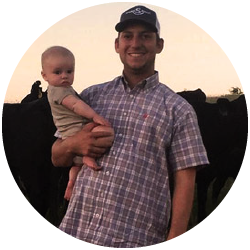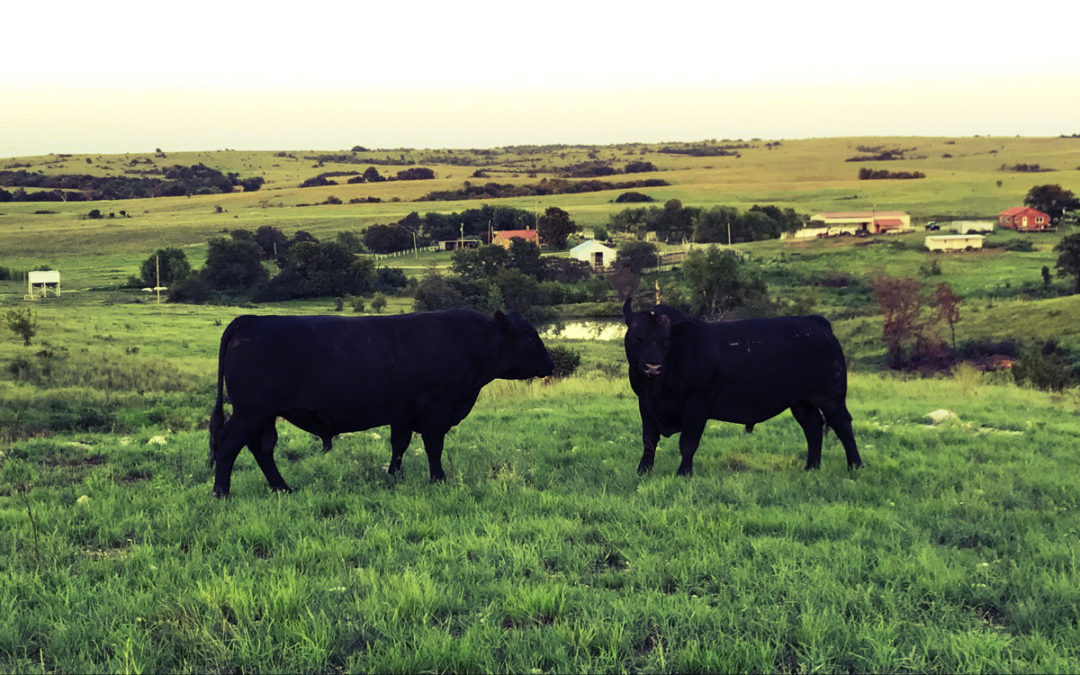A breeding system that uses a terminal sire to produce feeder steers and heifers can be a very effective and profitable system. There have been great strides made within each breed to develop EPD’s that give ranchers exactly the right tool to select bulls and females that will get the job done and hit the desired targets in a terminal system. Traits that are desired in a terminal sire include rapid growth, marbling, muscling, cutability, and feed efficiency, depending on the end point and method of sale. Most other traits are ignored because no daughters will be kept, and they offer no direct value for feeder steers and heifers. However, there may be one trait in terminal sires that can be the difference in your bottom line being red or black, and it is milk production, even though your steers don’t milk.
In a previous article I addressed the inefficiency of milk production in the cow herd. One characteristic of high(er) milking cows that leads to inefficiency is the support system within the cow required to accommodate increased levels of milk. For the cow to maintain her bodily functions and produce high levels of milk it takes a larger visceral organ mass. The larger visceral organ mass requires more energy year round, whether the cow is in lactation or not, which decreases efficiency. This has been proven time and time again by some of the most respected animal scientists in the country. So why does this matter to you if you’re a producer that is not keeping replacement heifers? The answer is simple. The heifers, steers, and even bulls out of higher milking cows require more energy to maintain body weight than those out of lower milking cows, resulting in decreased feed efficiency.
A study was conducted to compare 3 groups of cows of similar mature size and growth rate, but different levels of milk production (low, medium, and high). There were 494 calves out of these cows that were fed out to a common endpoint based on marbling. Energy requirements for the calves in the high and medium milking groups were 11% higher than calves in the low milk group.
Another study was conducted in similar fashion with 3 groups of cows representing the same levels of milk. After weaning, calves were placed in either an intensive or extensive growing-finishing production system. The steer calves out of lower milking cows demonstrated a significantly better feed efficiency in the intensive and extensive system, shown in table 1. Calves from the two low milking groups were 5 and 7 % more feed efficient than calves from the high and medium milking groups.

Selecting the right bull for your operation is not a one size fits all task. There are so many end goals a rancher can aim for that it takes a different bag of tools to accomplish each job. Whether you’re selecting bulls to produce calves that will hit the target on a grid, or produce heifers that will bring a calf to the pens every year in rough country, every EPD available may not matter to every producer. However, milk production does. I know your steers don’t produce any milk, but they carry the genetics of the milk production of their ancestors. If you use high milking terminal bulls you may decrease the feed efficiency of the steers you keep, increasing your feed bill. By selecting bulls with the high milk EPD’s the cattle industry is chasing, even as terminal sires, you may be chasing dollars out of your pocket, and that matters.
Until next time…
Dillon Sparks

About the Author
Dillon Sparks
Lorem ipsum dolor sit amet, consectetur adipiscing elit. Integer eget pulvinar velit. Donec finibus aliquet mauris, sed pharetra dui. Aenean finibus, enim sed malesuada fermentum, sem tortor imperdiet augue, ultrices aliquam risus ipsum sed sem. Cras sagittis lobortis mauris vitae placerat. Maecenas ipsum urna, suscipit sit amet condimentum non, commodo at dui.


Hi, this is a comment.
To get started with moderating, editing, and deleting comments, please visit the Comments screen in the dashboard.
Commenter avatars come from Gravatar.